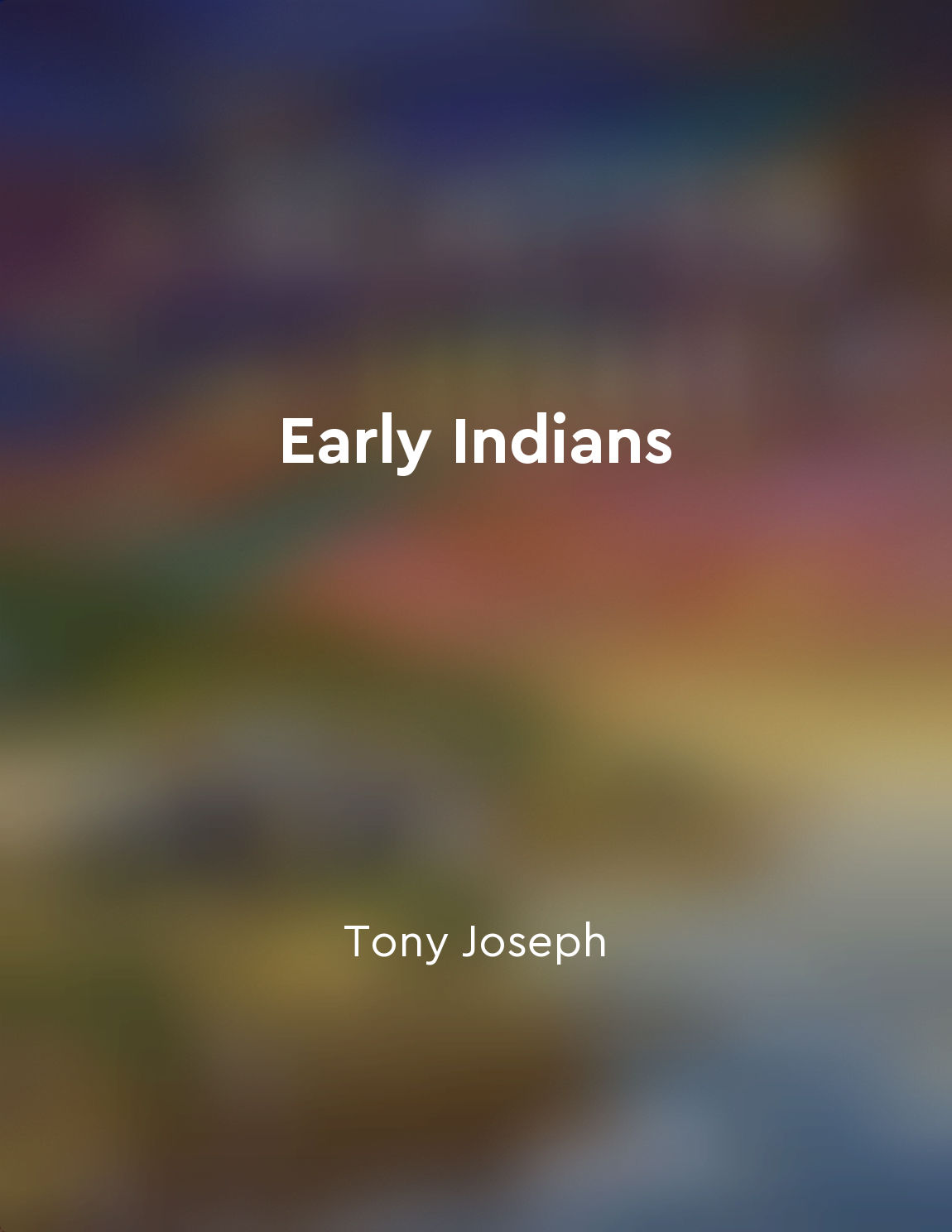Caste influences social interactions and relationships from "summary" of Caste by Isabel Wilkerson
The invisible yet powerful structure of caste shapes every aspect of our lives, including our social interactions and relationships. Caste dictates who we can befriend, who we can marry, and who we can collaborate with. It influences how we perceive ourselves and others, creating a rigid hierarchy that determines our place in society. From the moment we are born, we are assigned a place in the caste system based on our ancestry and background. This classification follows us throughout our lives, defining our social status and limiting our opportunities for advancement. Those at the top of the caste ladder enjoy privileges and advantages that are out of reach for those at the bottom. Caste influences how we interact with others, shaping our attitudes and behaviors towards different groups of people. It breeds prejudice and discrimination, leading to divisions and conflicts within society. These divisions are further reinforced by the institutions and norms that uphold the caste system, perpetuating inequality and injustice. Our relationships are also deeply affected by caste, as we are conditioned to view certain people as superior or inferior based on their caste status. This creates barriers to genuine connection and empathy, as we are taught to judge others based on their caste rather than their character. As a result, our social interactions are often marked by tension and mistrust, making it difficult to form meaningful and authentic relationships. Breaking free from the constraints of caste requires a conscious effort to challenge our own biases and prejudices. It requires us to see beyond the labels and stereotypes that have been imposed on us, and to recognize the humanity and dignity of every individual. Only by dismantling the barriers of caste can we truly create a society based on equality, justice, and mutual respect.Similar Posts
The executive, legislative, and judiciary are separate
The principle of separation of powers is a fundamental feature of the Constitution of India. This concept ensures that the thre...
Partition caused significant social and political upheaval
The partition of India in 1947 was a momentous event that had far-reaching consequences for the people of the region. The divis...
The rise of Bollywood has made Indian cinema a global cultural phenomenon
The influence of Bollywood on Indian cinema cannot be underestimated. Over the years, Bollywood has grown to become one of the ...
The Savage challenges societal norms
The Savage, brought up in the Reservation by his mother, Linda, who had been left behind by the World State, was unfamiliar wit...
Indian politics are characterized by regionalism and diversity
The political landscape of India is marked by a rich tapestry of regional identities and diverse cultural traditions. This dive...

Diversity of Indian population reflects complex history
The vast diversity of the Indian population today is a direct reflection of the complex history that has shaped the subcontinen...
Karl Marx advocated for class struggle and revolution
Karl Marx believed that society is divided into different classes, with the dominant class exploiting the weaker classes for th...
The concept of moksha represents liberation from the cycle of rebirth
The concept of moksha is central to the religious beliefs of India. It is believed that through moksha, one can attain liberati...
Formation of the Indian Constitution
The making of the Indian Constitution was a momentous event in the history of independent India. It was a task of great magnitu...
Rituals and traditions are integral to Hindu culture
Rituals and traditions form the very foundation of Hindu culture, weaving a tapestry of beliefs and practices that have been pa...
